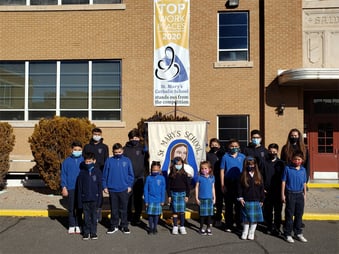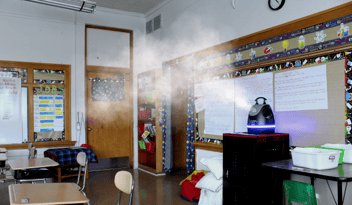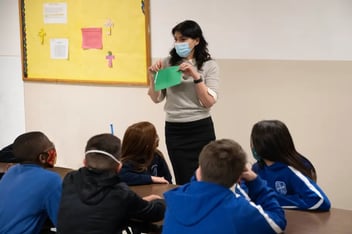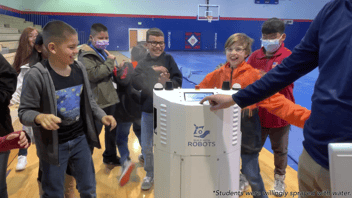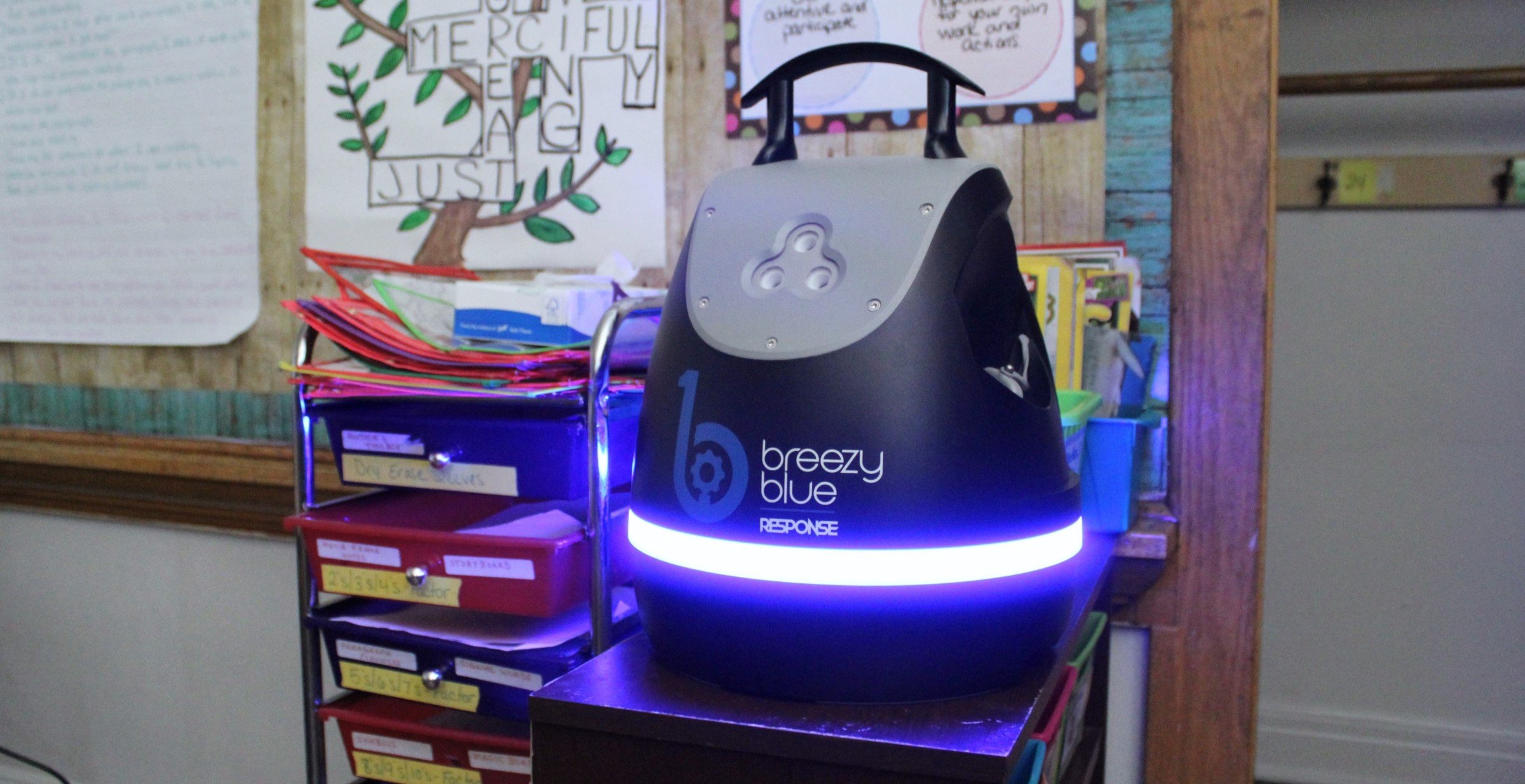
Reduce Nurse Visits by 39% | St. Mary's Catholic School
St. Mary’s Catholic School is located in downtown Albuquerque, where dedicated teachers and staff have helped promising students reach their potential for over a century. As a private school, St. Mary’s administration strives to be a safe, productive, top-choice school that brings in students from across the city.
In spring of 2020, when the COVID-19 pandemic started, St. Mary’s evaluated how it could continue providing its students with a safe environment to learn. The school’s administration, led by Principal Rebecca Maestas-Sanchez, prioritized in-person learning time and students’ health. The safety measures implemented during the pandemic continued in the following years as a way to prevent and respond to future outbreaks.
Challenges
Disease spread among students and staff is a yearly occurrence, from cold and flu season to novel outbreaks like COVID-19. The spread of illnesses causes students and staff to miss school or work, leading to a less productive environment, lower test scores, and chronic absenteeism. In 2020, St. Mary’s Catholic School began dealing with absences due to illness in addition to several confirmed COVID-19 cases.
St. Mary’s also struggled with high turnover rates among janitors. This meant that, in order to reduce costs, cleaning and disinfecting had to be quick and effective. Part of St. Mary’s response to COVID-19 was the use of electrostatic sprayers in classrooms, bathrooms, and other common areas. This method of disinfecting was time-consuming, as it required each surface to be sprayed individually. It also inefficiently sprayed disinfectant, adding high recurring costs. St. Mary’s school needed an easier tool that would give time back to the custodial team, allowing them to complete more meaningful tasks.
Solution
Build With Robots, Inc. (BWR) partnered with St. Mary’s Catholic School in their mission to provide a healthy learning environment for students throughout the pandemic. At the beginning of 2021, St. Mary’s Catholic School was one of the first to trial BWR’s Breezy One, the autonomous disinfecting robot. In 2023, Principal Maestas-Sanchez would switch over to Breezy Blue, the disinfecting minibots, for a solution that was just as effective and required even less labor. Breezy Blue is an automated disinfecting fogger that can be operated via a controller or, as in the case of St. Mary’s, on a schedule. The school has a Breezy Blue minibot in every classroom, and each is programmed to fog during the night so that students and staff can enter a disinfected school every morning. Both Breezy One and Breezy Blue have the same fogging technology and use the same disinfectant: Breezy BioCare RTU, a Green Clean Certified disinfectant that is on the EPA’s List N and List Q of disinfectants and proven to remove 99.9% of pathogens.
St. Mary’s nurse visit data over the years demonstrates the efficacy of Breezy disinfecting products. The chart below compares nurse visits in February through April of 2019 (pre-pandemic), 2021 (height of pandemic), and 2023 (tail-end of pandemic). From 2019 to 2021, nurse visits decreased by 25.6% as a result of daily disinfection. From 2021 to 2023, nurse visits further decreased by 17.4% as the pandemic calmed down and St. Mary’s made the switch to Breezy Blue. Overall, comparing nurse visits from pre-pandemic (2019) to nurse visits post-vaccines and mask mandates (2023), there was a 38.6% 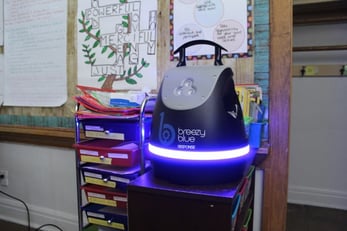 reduction. Additionally, St. Mary’s saw a 35% increase in enrollment between 2018 and 2022 because they were able to stay open. Even with more students, nurse visits dropped, and absences decreased by 18%.
reduction. Additionally, St. Mary’s saw a 35% increase in enrollment between 2018 and 2022 because they were able to stay open. Even with more students, nurse visits dropped, and absences decreased by 18%.
With Breezy Blue disinfecting classrooms every night, St. Mary’s Catholic School is able to achieve its goals of staying open for in-person learning as well as providing a safe environment for students and staff. Plus, minimal labor is needed, so when there is no janitor around, teachers can still take comfort in the fact that every classroom is still being disinfected.
Download the full case study here.

